The small log splitter is an indispensable tool designed to efficiently split pre-cut logs into firewood, suitable for both softwood and hardwood. This compact yet powerful equipment is engineered to meet the needs of various users, from homeowners managing their firewood supply to businesses involved in wood processing and retail.
Types of Small Log Splitters
Diving deeper into the types, the market offers a variety of small log splitters tailored to different needs. The small electric log splitter is ideal for indoor use or where noise is a concern, as they operate more quietly and do not emit fumes. On the other hand, a small gas wood splitter is preferred for its portability and higher power, suitable for outdoor settings where electricity may not be readily available. For those seeking ease of use and minimal maintenance, the small hydraulic wood splitter stands out, offering consistent splitting force and reliability. The smallest log splitter models are particularly favored for occasional use and can handle light-duty splitting tasks with ease.
Structure and Operation of a Small Log Splitter
The structure of a small wood splitter is a marvel of engineering, consisting of several key components. At its heart lies the hydraulic system, which includes a pump, a cylinder, and a control valve, all working together to exert a force that drives the log against the splitting wedge. The motor, be it electric or gas-powered, serves as the powerhouse, while the frame provides a sturdy base for the entire operation. The splitting wedge, crafted from hardened steel, is the business end of the machine, where the actual splitting of wood takes place. The operation begins with the user placing the log onto the machine, engaging the motor, and then the hydraulic pump pushes the log against the wedge, resulting in a cleanly split piece of wood.
Materials and Properties
The choice of materials in a small log splitter is critical for its performance and durability. The frame is typically constructed from high-grade steel, known for its strength and ability to withstand the stress of splitting logs. The hydraulic components are made from robust materials that can handle high pressure without failing. The choice of these materials ensures that the small wood splitter is not only durable but also capable of performing under the demanding conditions of splitting wood.
Business Usages and Applications
In the realm of business, a small log splitter finds its place in various settings. Retail businesses specializing in firewood can benefit from the efficiency of a small wood splitter for kindling, which can turn larger logs into sellable pieces quickly. In manufacturing plants where wood is a raw material, such as furniture making, the splitter's precision can ensure consistent quality and size of wood pieces. For construction businesses, especially those dealing with wooden structures, a small hydraulic wood splitter can expedite the preparation of building materials. These splitters create business value by reducing labor costs, increasing productivity, and ensuring a consistent supply of wood.
Functions and Tasks
The primary function of a small log splitter is to split wood efficiently. However, its capabilities extend beyond just splitting logs. Some models are equipped with features that allow for the cutting of logs to specific lengths, making them multifunctional. The small kindling splitter is specifically designed to create smaller pieces of wood for kindling, a task that is tedious and time-consuming if done manually.
Distinctive Features and Capabilities
Each small log splitter comes with distinctive features that enhance its appeal. For instance, some models boast a vertical splitting option, allowing users to handle heavier logs without lifting them. The portability of a compact wood splitter is a significant selling point, with some models featuring wheels and a lightweight design for easy movement. The speed of the splitting cycle is another feature that sets some splitters apart, with faster models increasing the overall productivity.
Benefits and Positive Outcomes
The benefits of using a small log splitter are manifold. They offer a safer alternative to manual splitting, reducing the risk of injury. The efficiency of a small electric wood splitter means that users can prepare firewood in a fraction of the time it would take manually, freeing up time for other tasks. For businesses, the use of a small hydraulic log splitter can lead to a more streamlined operation, with the ability to quickly process wood leading to better customer satisfaction.
How to Use and Operate Effectively
Operating a small log splitter effectively requires understanding its components and functions. Users should always read the manual thoroughly to familiarize themselves with the specific model's operation. Safety should be the top priority, with users ensuring that the work area is clear and that they are wearing appropriate protective gear. Regular checks and maintenance of the machine will ensure that it operates at peak efficiency.
How to Choose the Right Model
Choosing the right small log splitter involves assessing your needs. Consider the average size and type of wood you'll be splitting, the frequency of use, and whether you'll need to move the splitter around. An electric model might be preferable for indoor use, while a gas-powered model would be better suited for outdoor or remote areas. The force rating, measured in tons, will also dictate the splitter's capability to handle different log sizes.
How to Clean and Maintain
Cleaning and maintaining a small log splitter is straightforward but essential. After each use, the splitter should be cleaned of any wood debris. Regular checks of hydraulic fluid levels and the condition of the motor (whether electric or gas) are necessary. Keeping the splitting wedge sharp and rust-free is also crucial for efficient operation.
Target Audience and Meeting Needs
The target audience for small log splitters is diverse. Homeowners who use wood stoves or fireplaces are prime users of small wood splitters, as are small business owners in the firewood retail space. The small kindling machine is perfect for those who need to create kindling quickly and without fuss. Each model is designed with the user's convenience in mind, ensuring that the needs and preferences of the target audience are met.
What safety precautions should be taken when operating a small log splitter?
When operating a compact wood splitter, it is crucial to wear appropriate safety gear, including gloves and eye protection. Ensure that the area around the splitter is clear of debris and that all safety features of the machine are engaged before use.
What after-sales services are available for small log splitters?
After-sales services for a small wood splitter can include online support, video technical support, and access to engineers for machinery servicing. It's important to verify the type of after-sales service provided before purchasing to ensure support is available as needed.
Can a small log splitter be used for commercial purposes?
Yes, a small log splitter can be used for commercial purposes, especially for businesses that require a high operate efficiency and productivity in their wood processing tasks. Its ease of operation makes it suitable for various commercial applications.


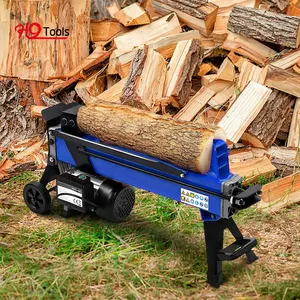












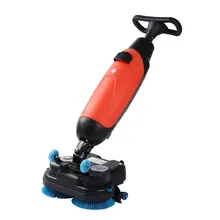
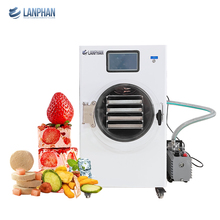
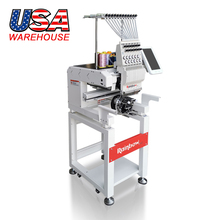
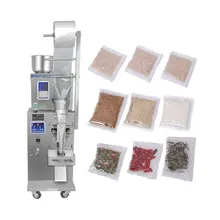
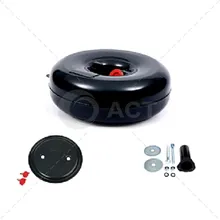
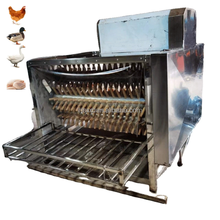



























 浙公网安备 33010002000092号
浙公网安备 33010002000092号 浙B2-20120091-4
浙B2-20120091-4